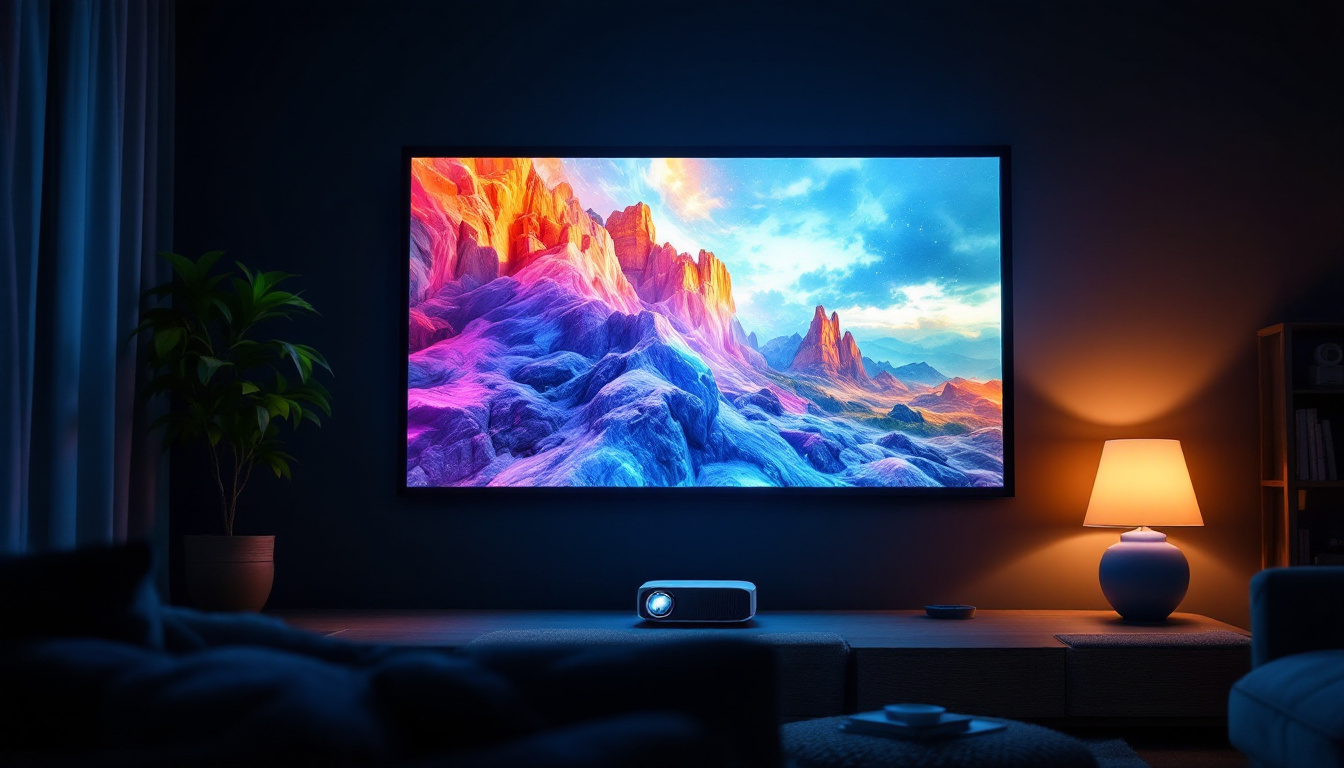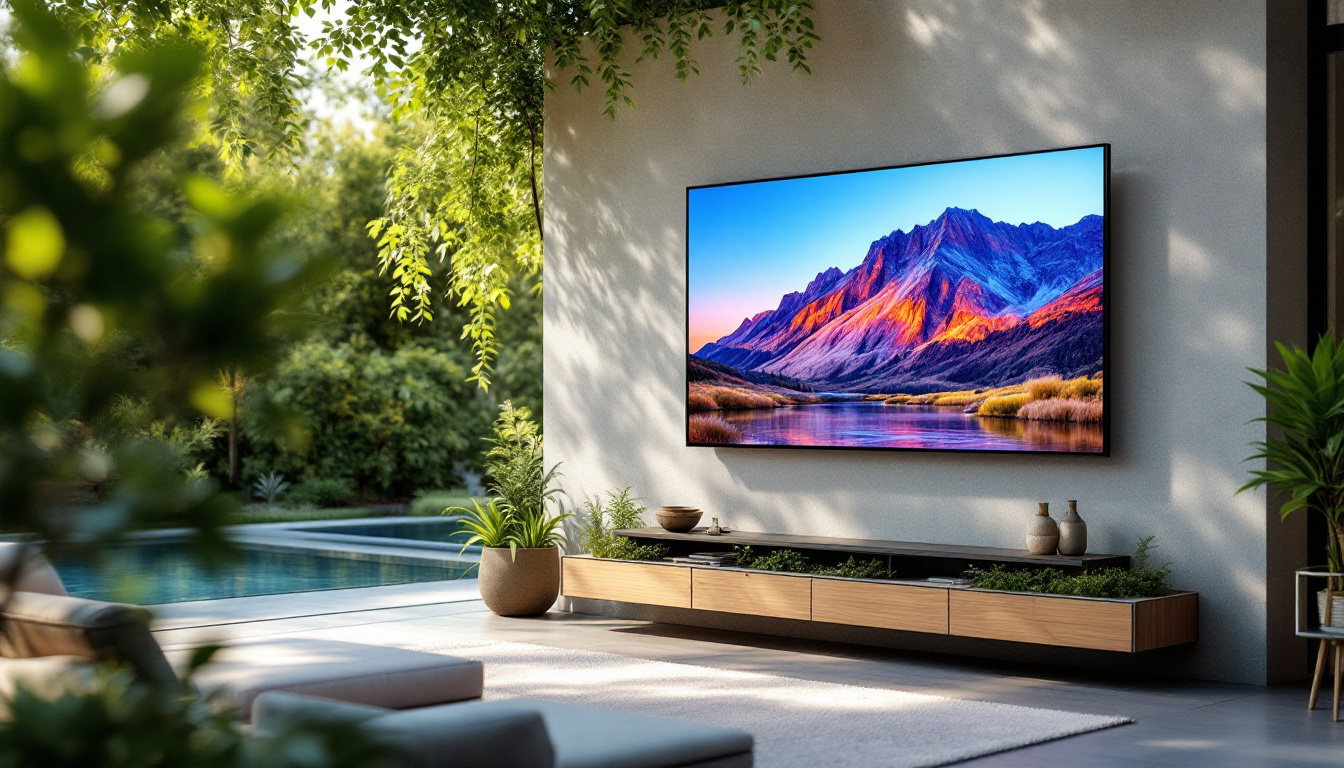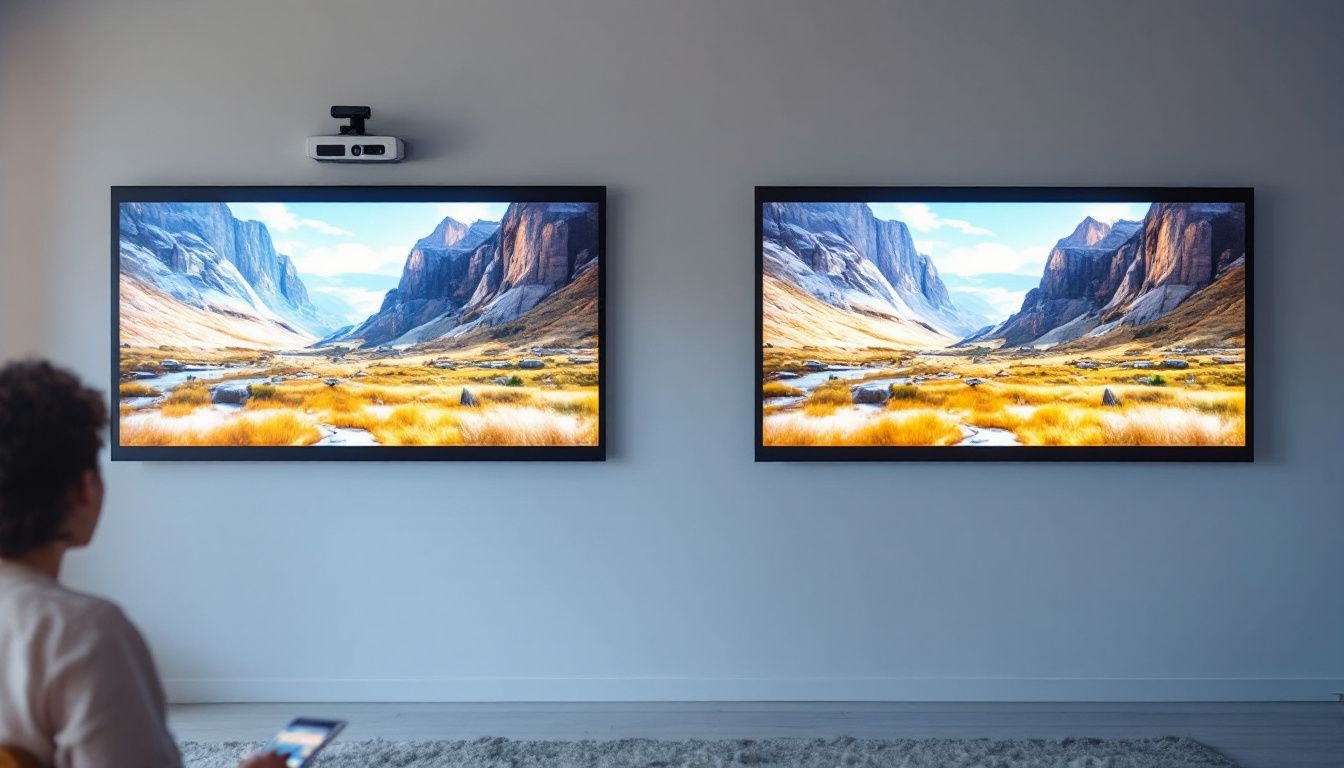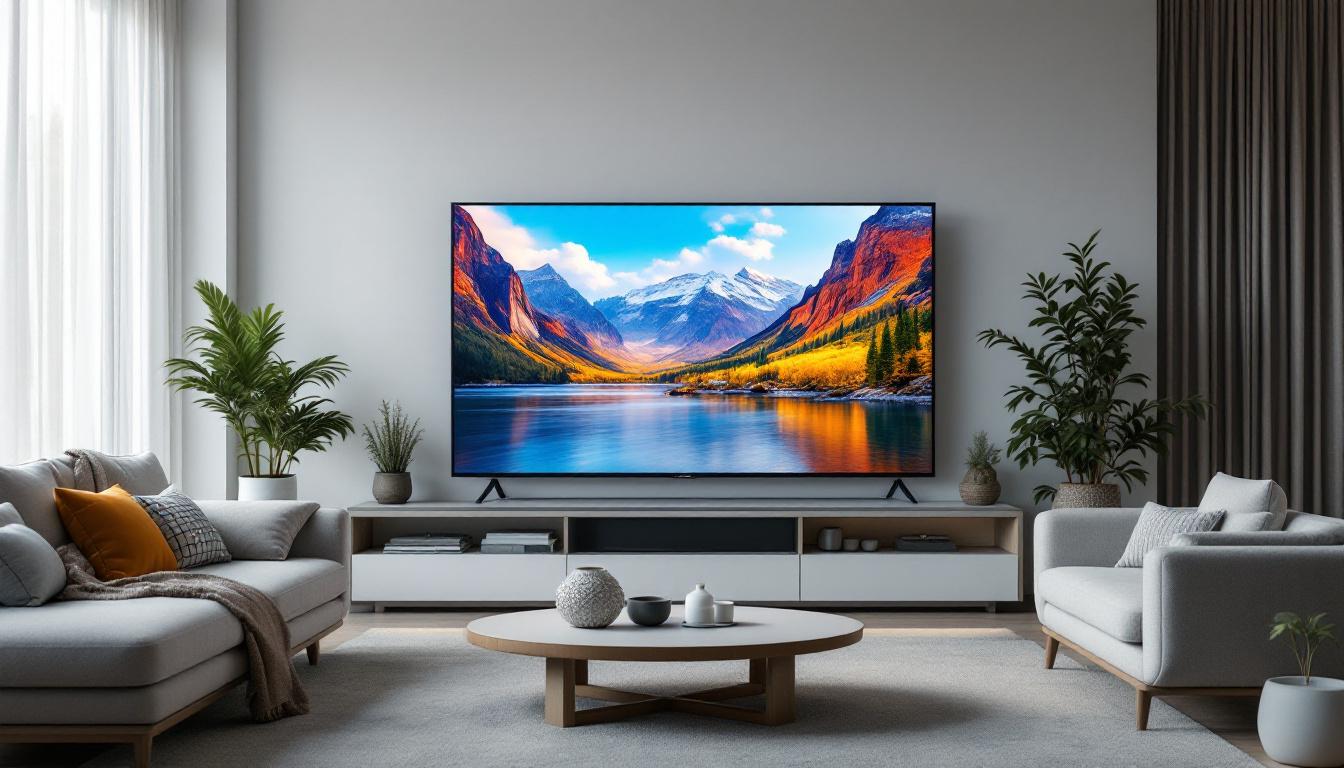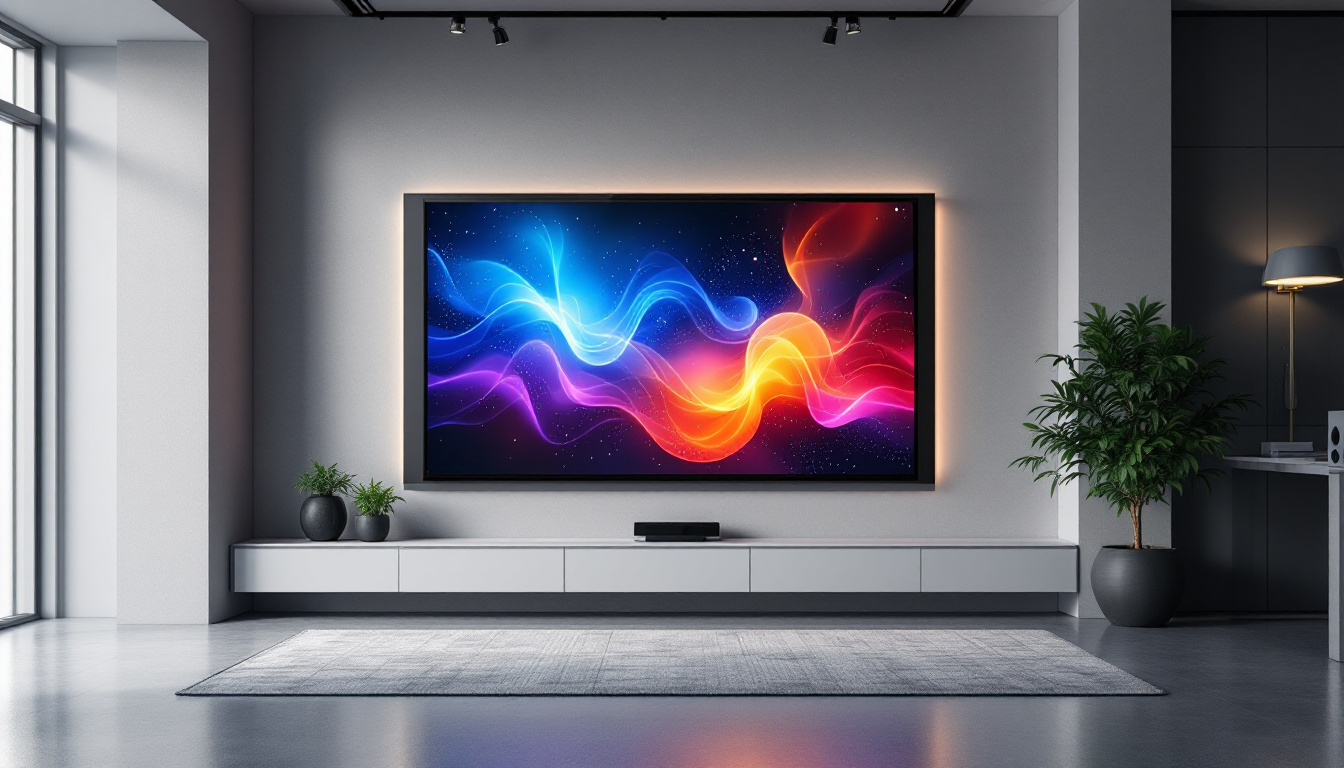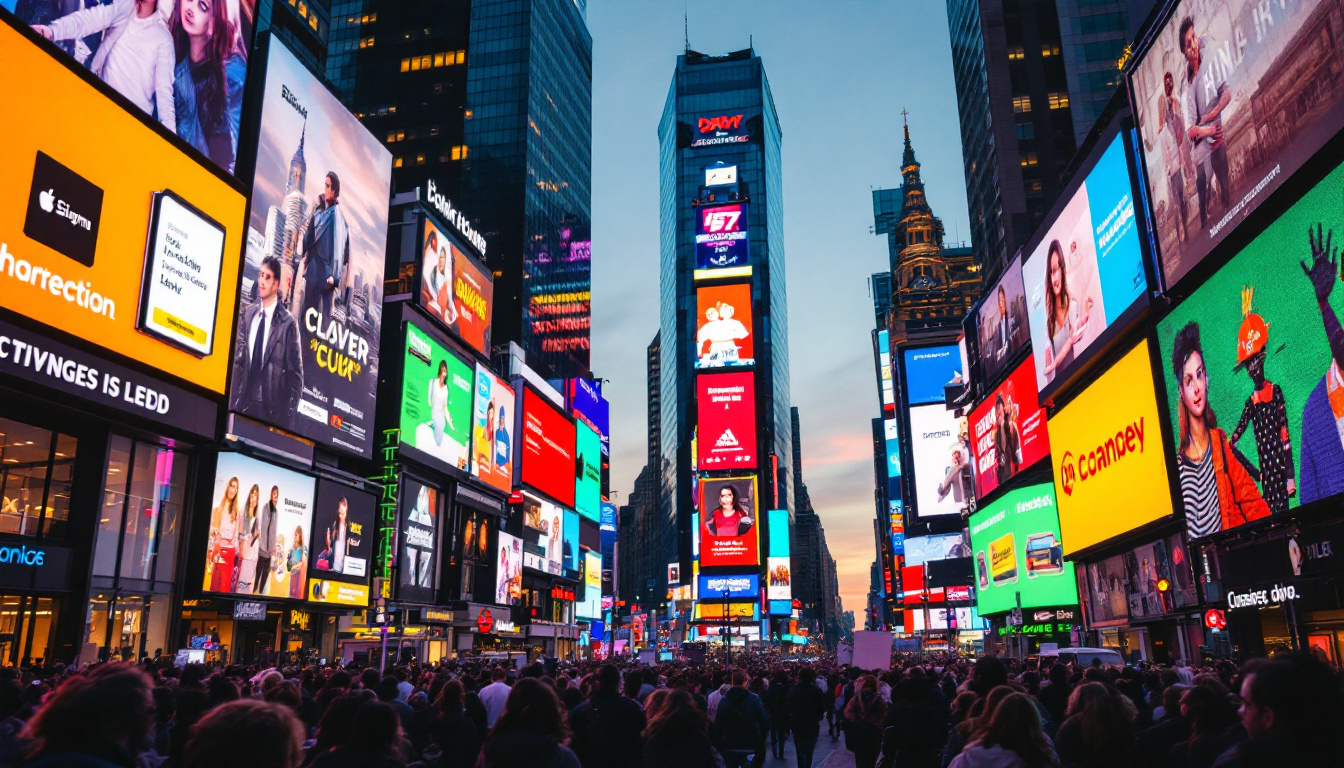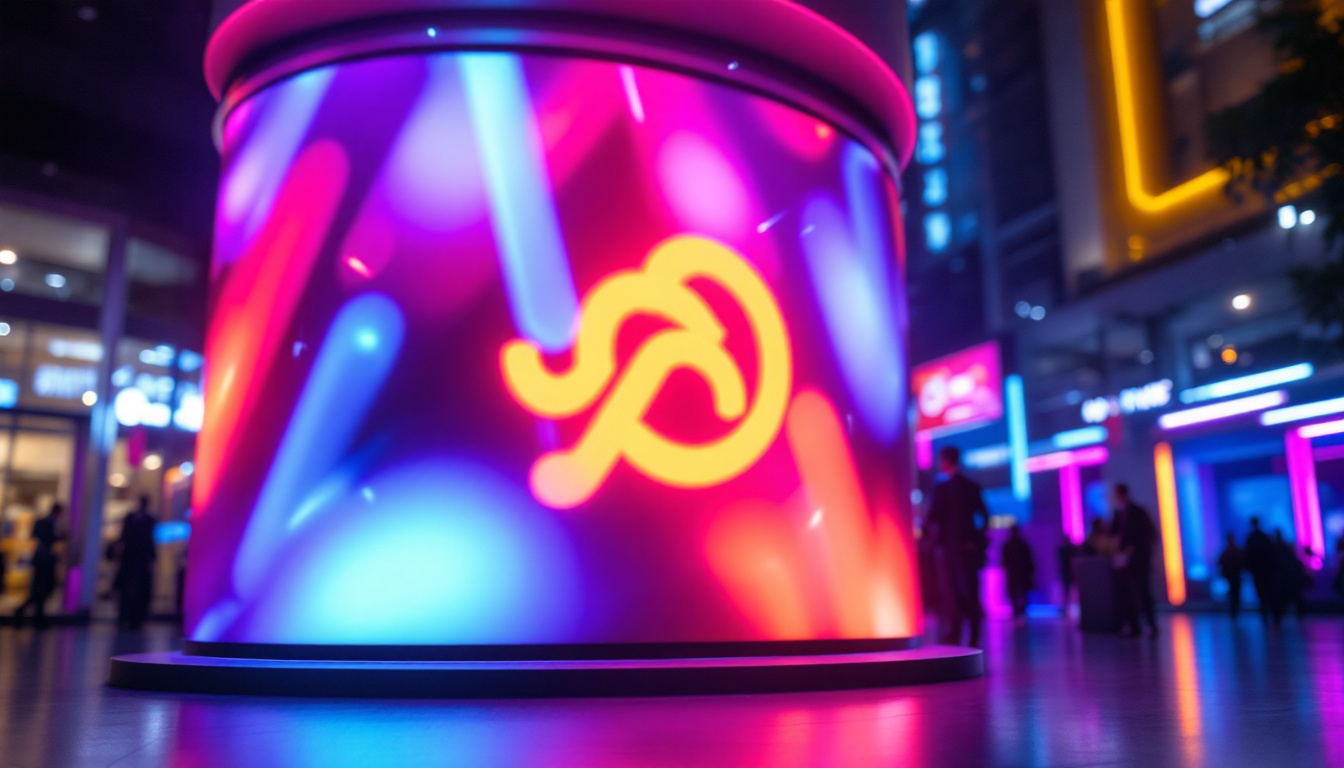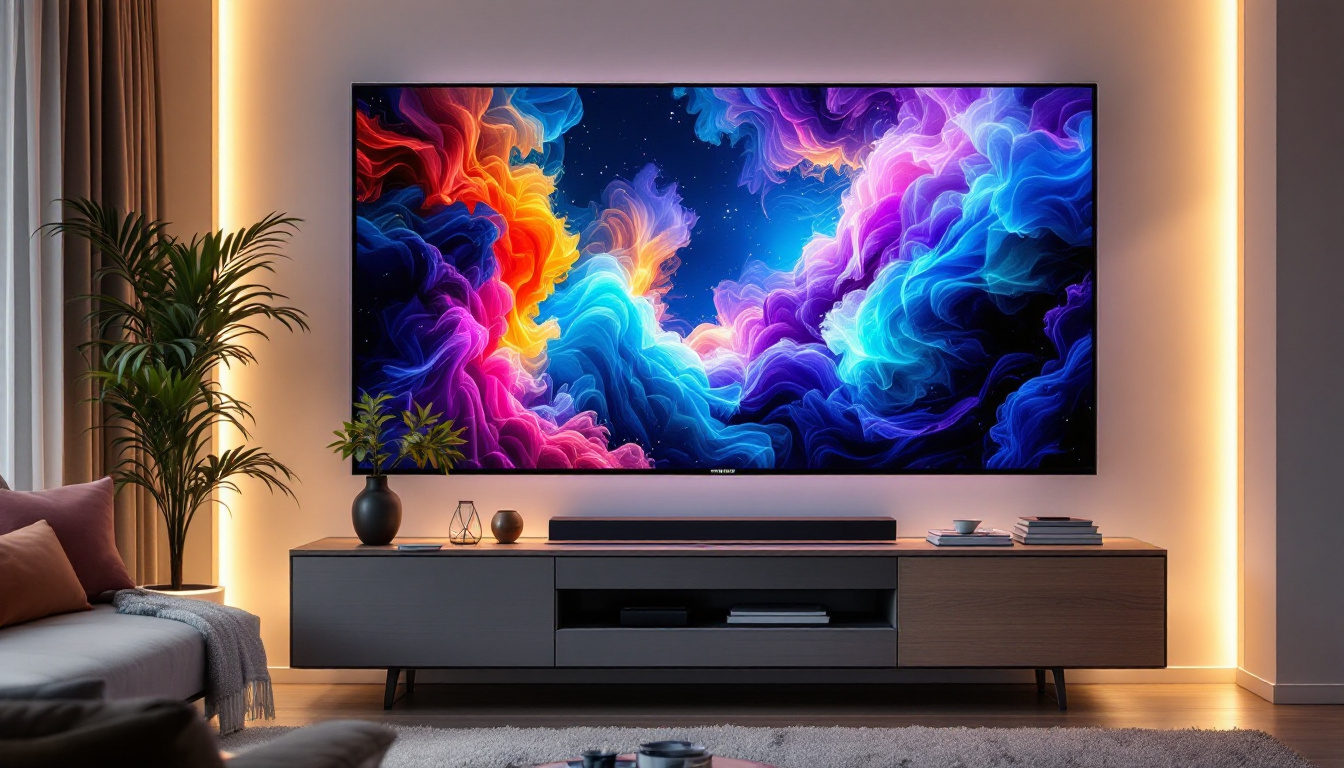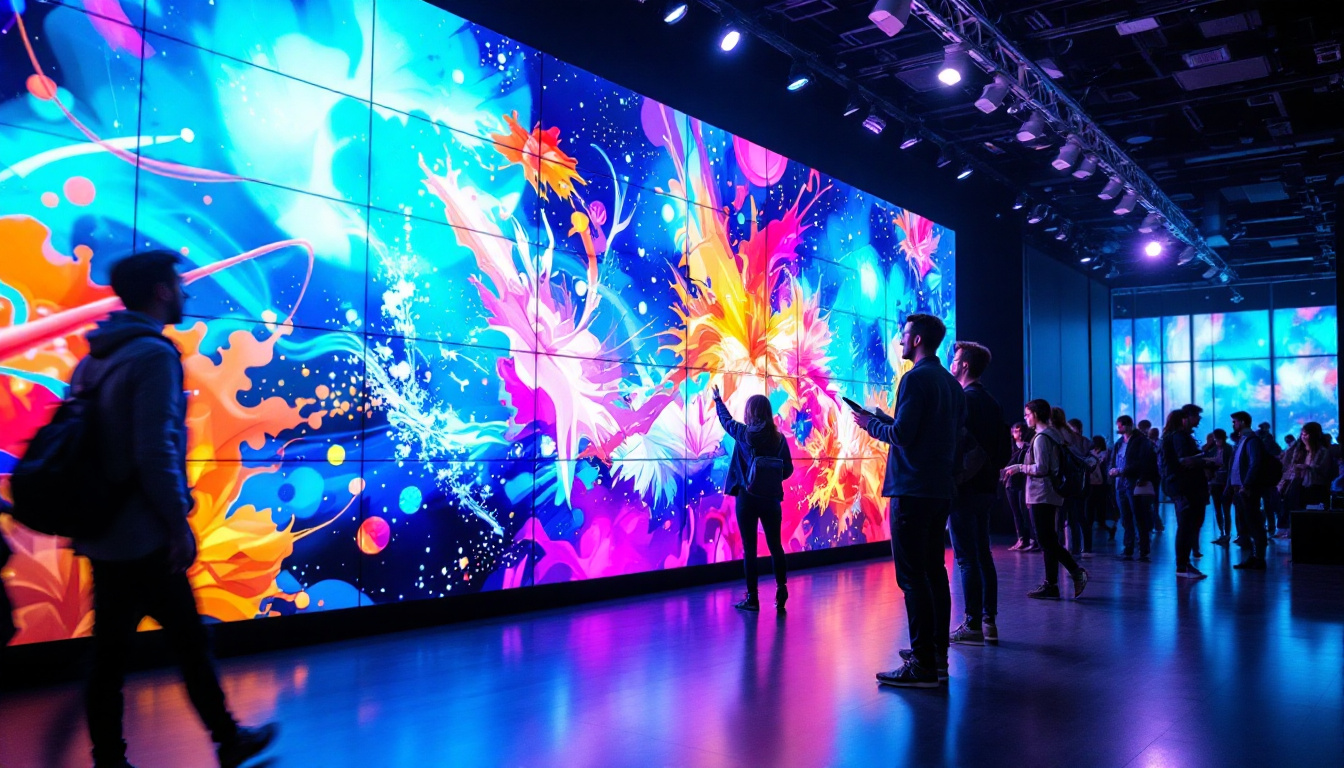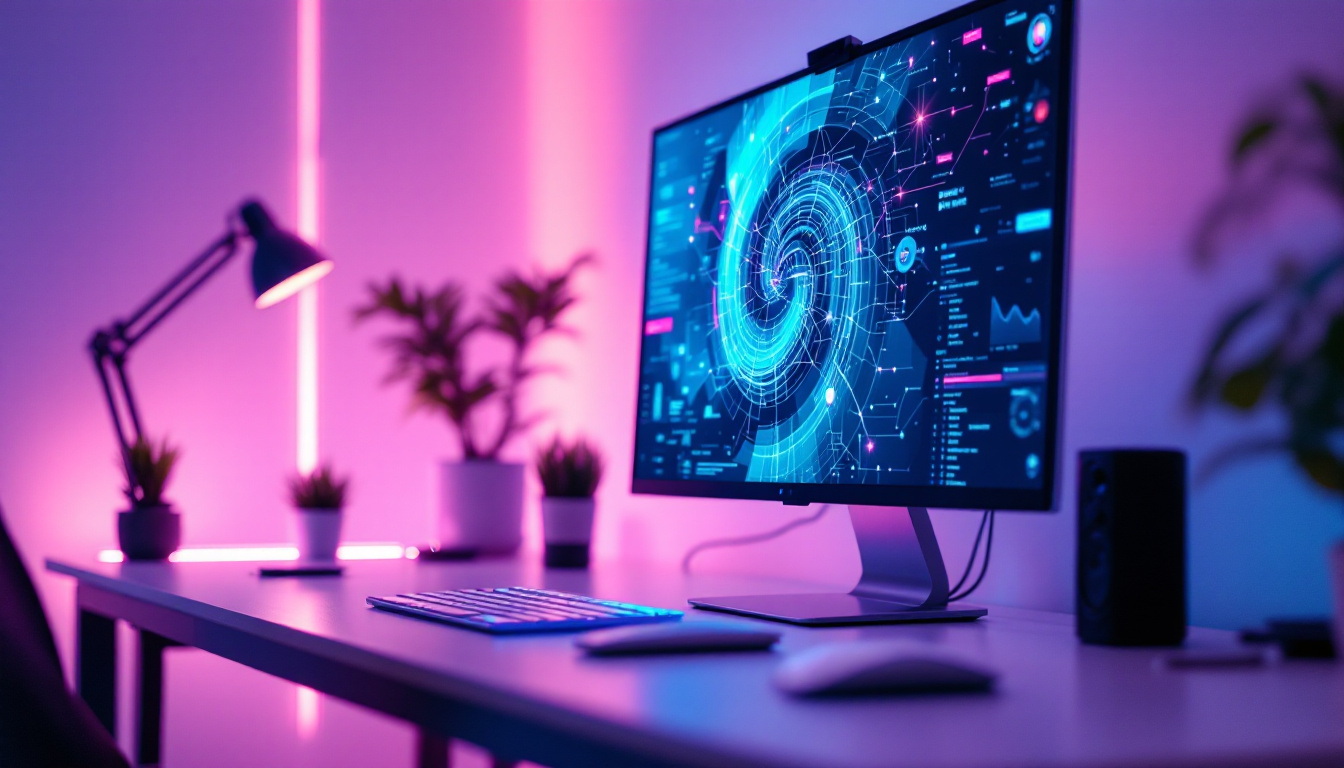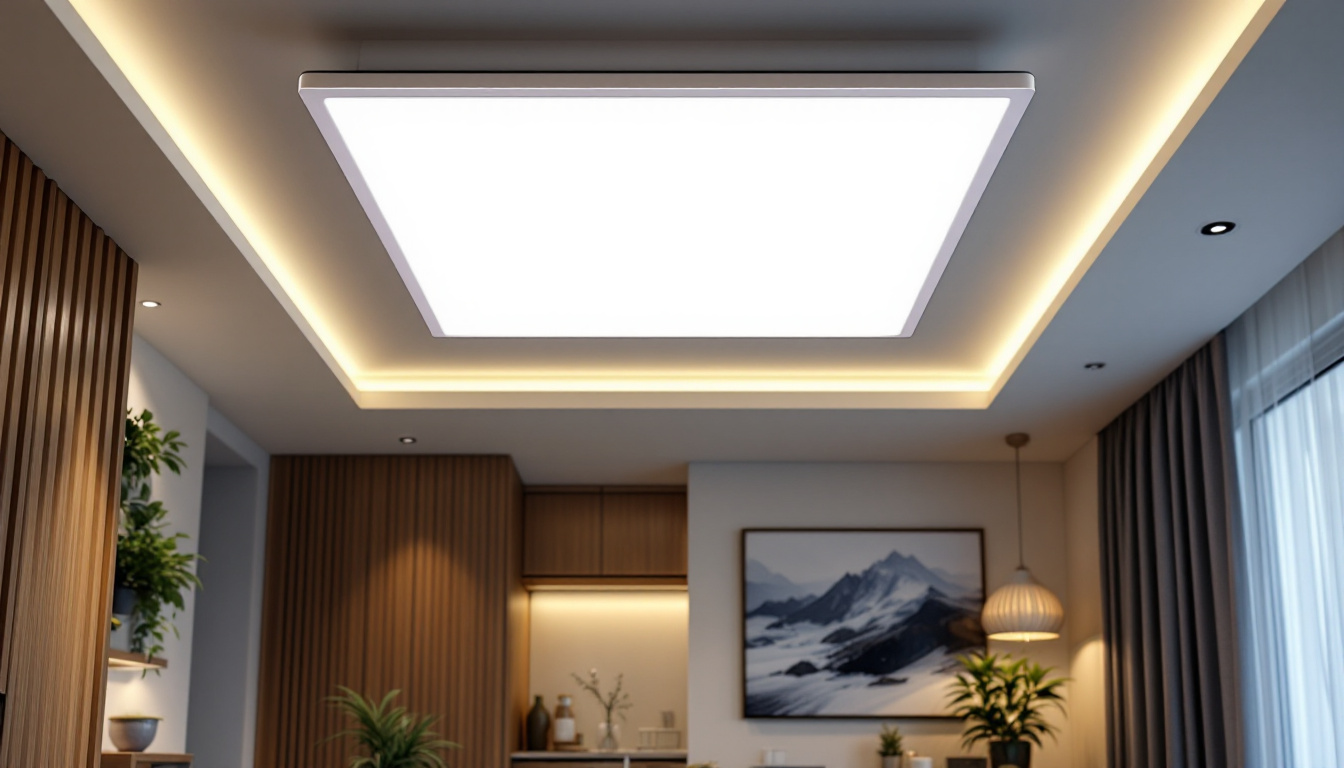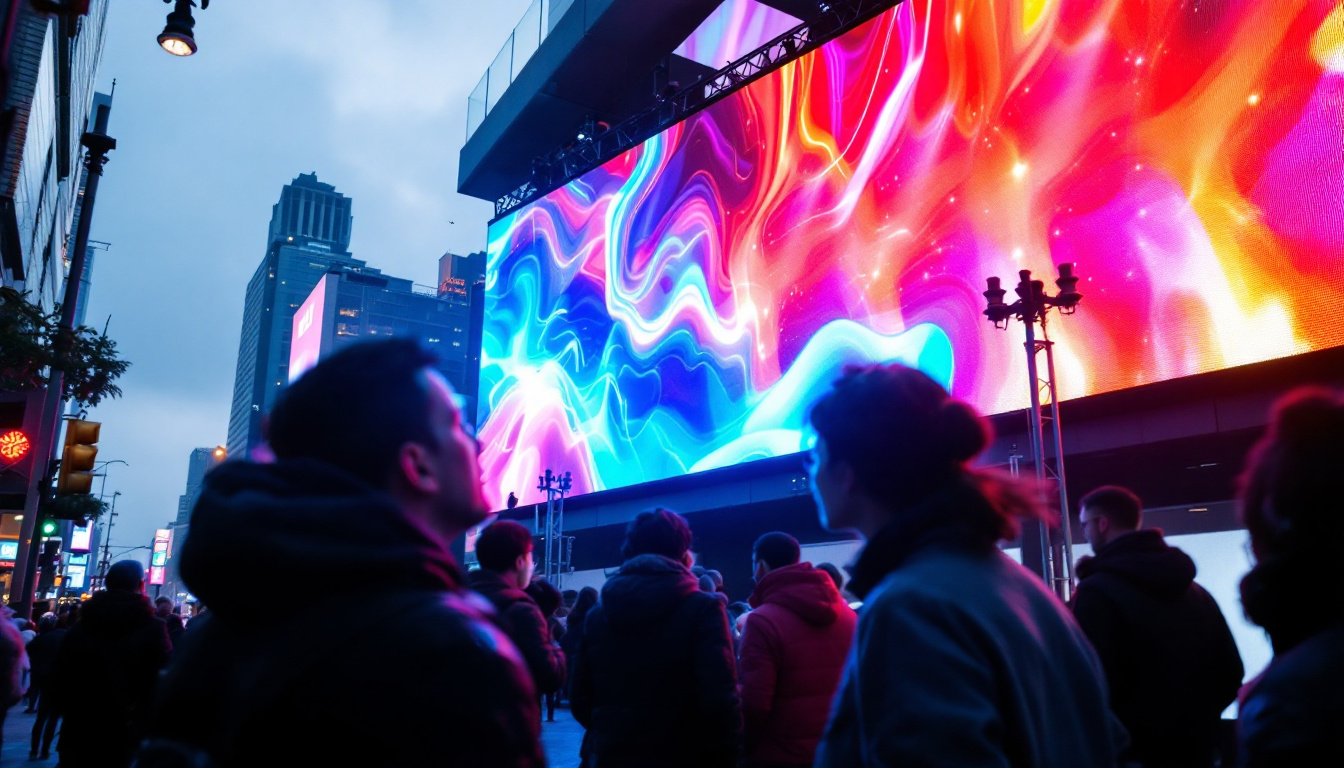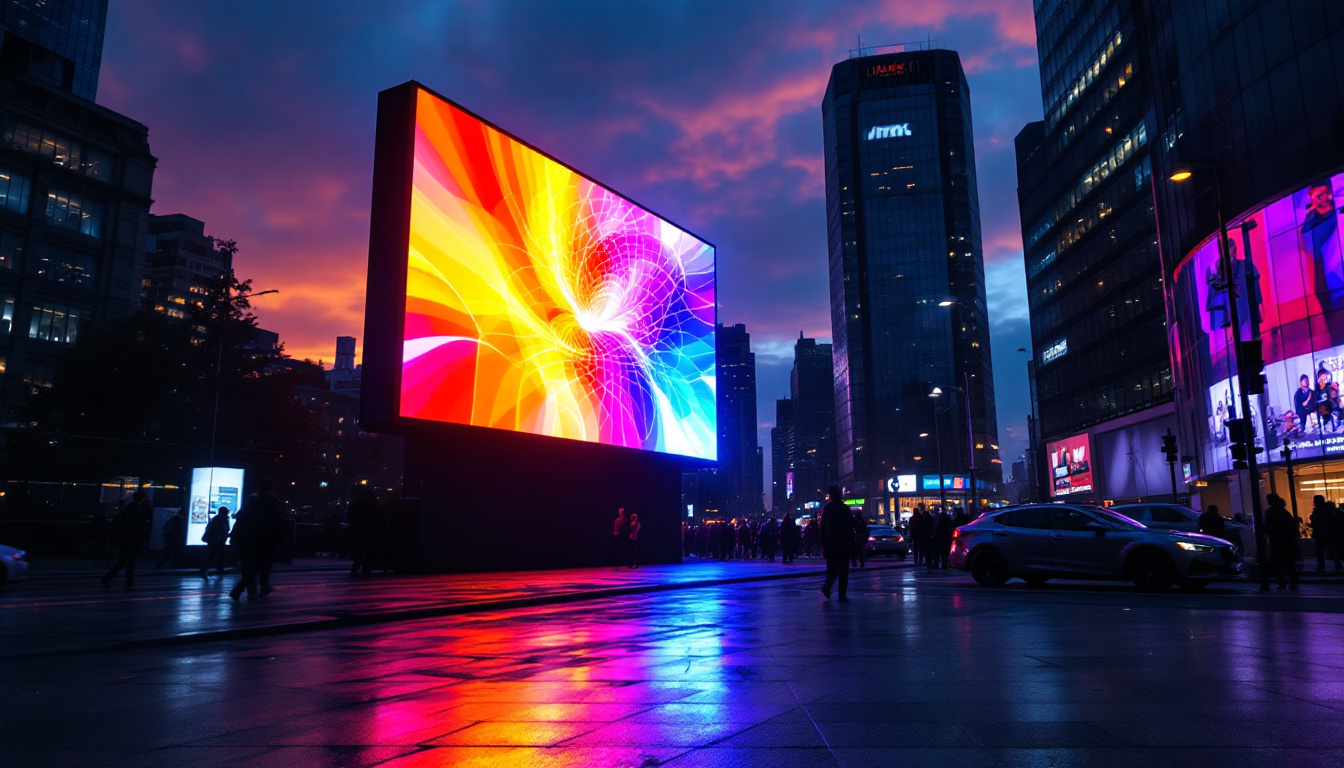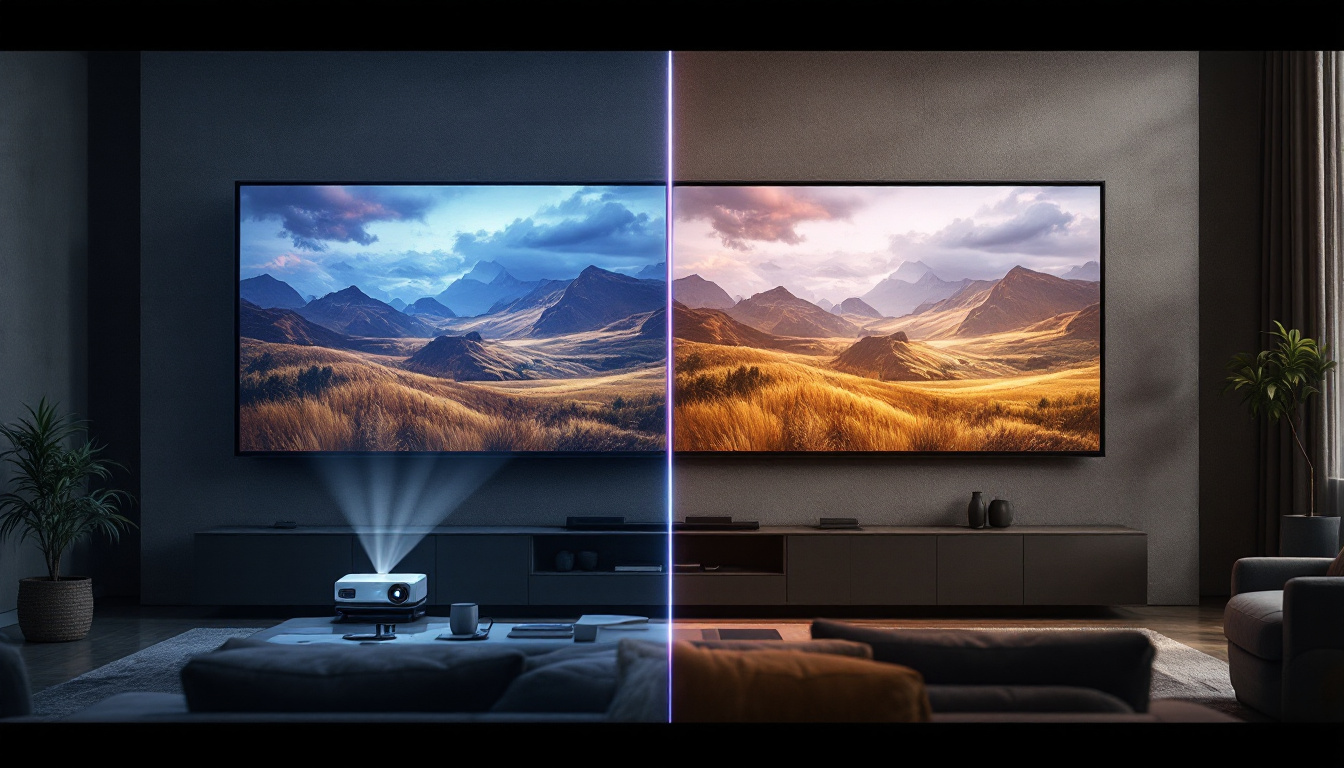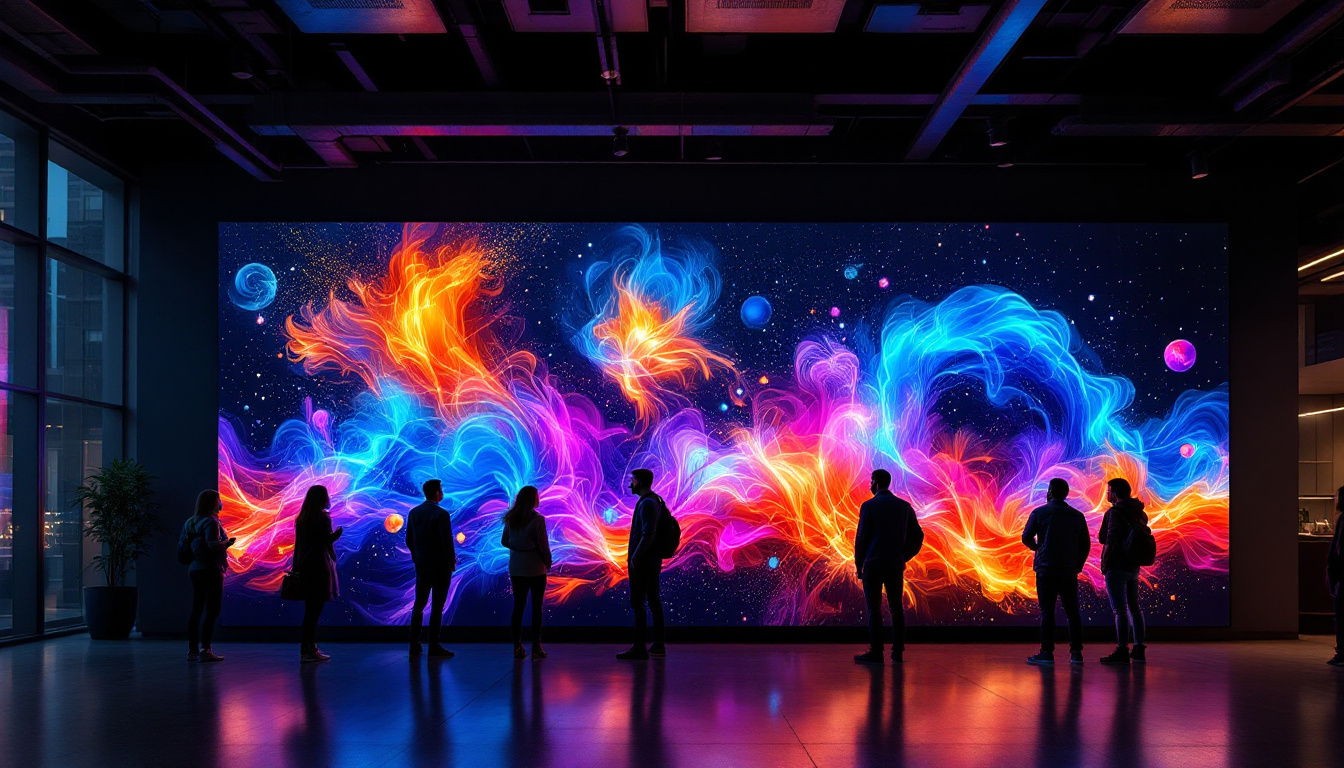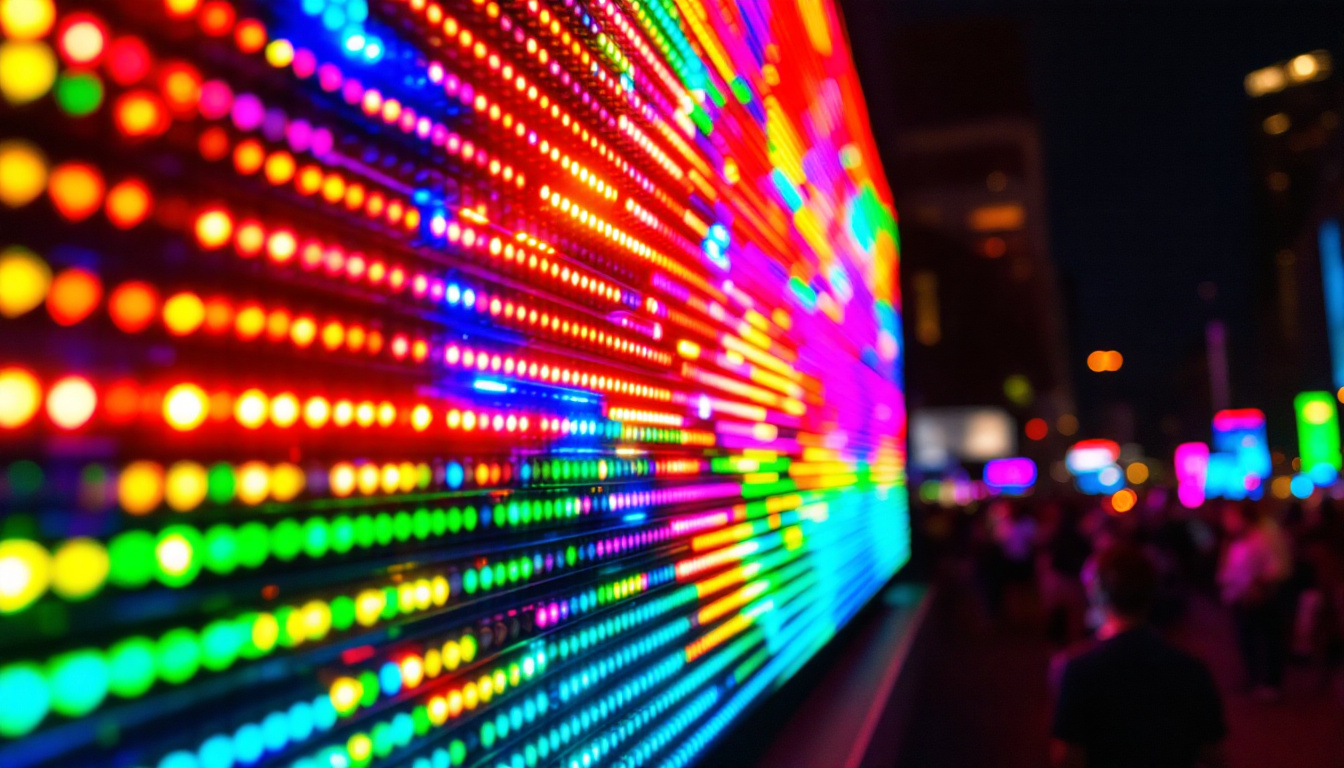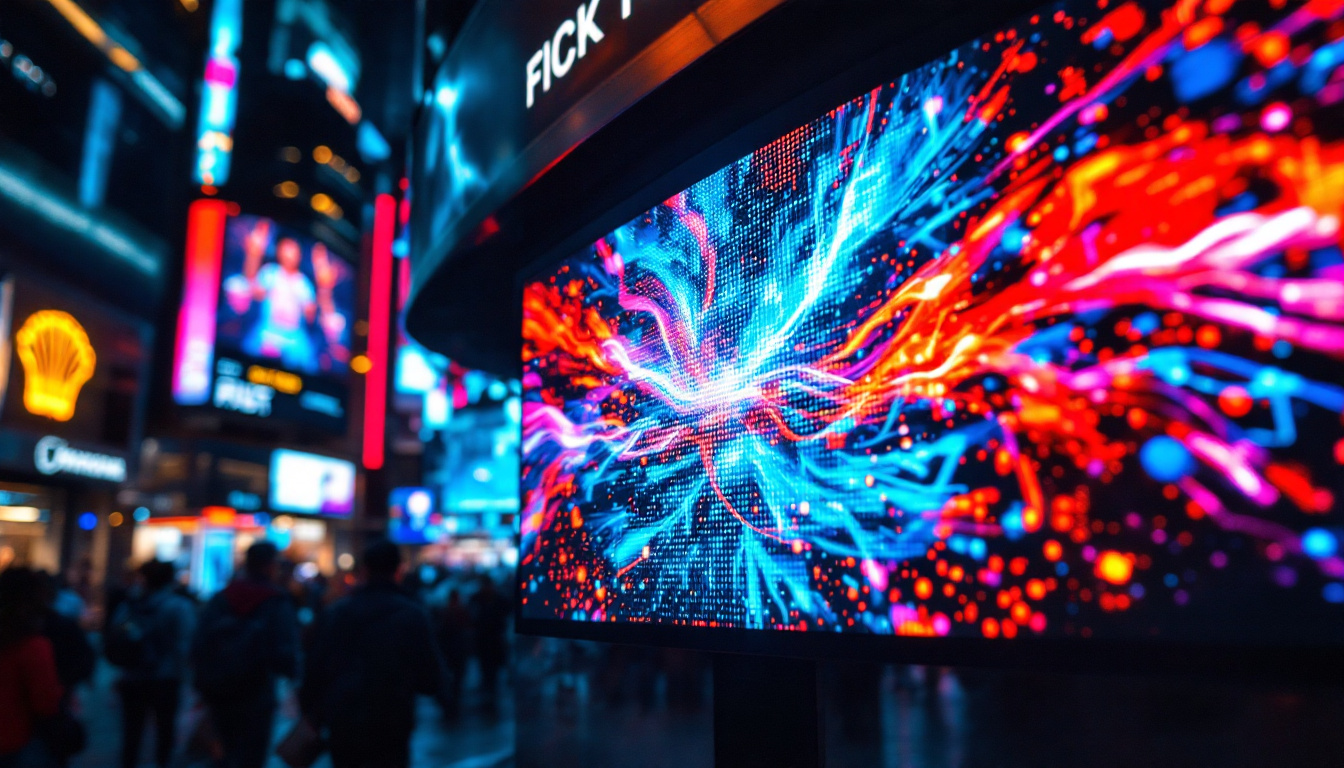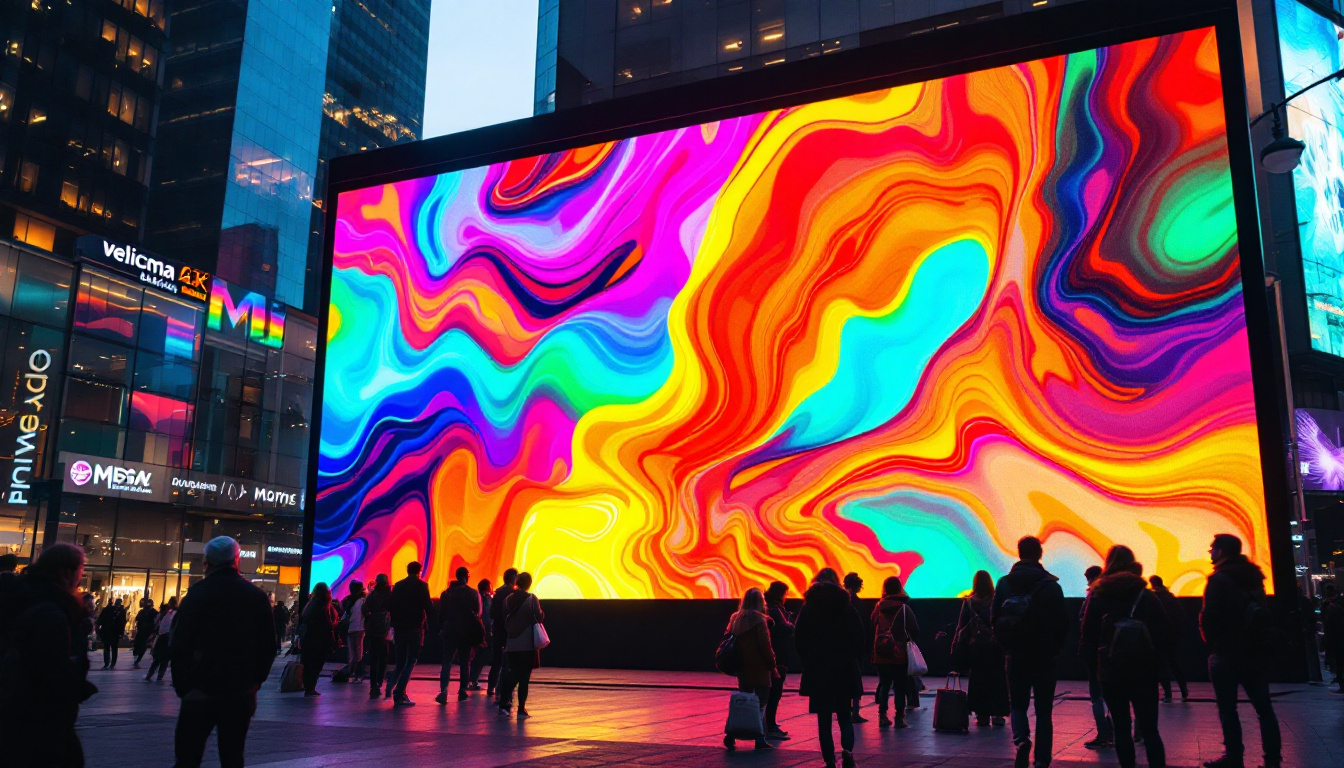In today’s fast-paced digital landscape, interactive touch screen walls are becoming increasingly prevalent in various environments, from corporate offices to educational institutions and public spaces. These innovative displays not only enhance user engagement but also offer a dynamic platform for information sharing and collaboration. This article delves into the intricacies of interactive touch screen walls, focusing on LED display technology, their applications, and the benefits they bring to various sectors.
Understanding LED Technology
LED, or Light Emitting Diode, technology is at the heart of modern display systems. Unlike traditional LCD screens, LED displays utilize a series of tiny diodes that emit light when an electric current passes through them. This technology allows for brighter, more vibrant images and greater energy efficiency. The compact size of LEDs also enables manufacturers to create thinner and lighter screens, making them ideal for a variety of applications, from smartphones to large-scale outdoor billboards.
How LED Displays Work
LED displays consist of an array of pixels, each made up of red, green, and blue diodes. By adjusting the intensity of these diodes, a wide range of colors can be produced. The combination of these colors creates the images and videos displayed on the screen. Additionally, LED displays can be either direct view or backlit, with direct view being more common in large installations. In direct view displays, the diodes themselves are the source of light, while backlit displays use LEDs to illuminate a liquid crystal layer, enhancing the overall image quality. This versatility allows for various designs and functionalities tailored to specific needs.
Advantages of LED Displays
One of the primary advantages of LED displays is their superior brightness compared to traditional screens. This makes them suitable for use in well-lit environments, where visibility can be a challenge. Furthermore, LED technology offers a longer lifespan and lower energy consumption, making it a cost-effective choice for businesses. The durability of LED displays also means they are less prone to damage from impacts or environmental factors, which is particularly beneficial for outdoor installations. Additionally, the rapid response time of LEDs allows for smooth motion display, making them ideal for video content and dynamic presentations.
Moreover, LED technology has evolved to include features such as high dynamic range (HDR) and enhanced color accuracy, further improving the viewing experience. HDR allows for a greater contrast ratio, enabling deeper blacks and brighter whites, while enhanced color accuracy ensures that images are displayed as intended, with vibrant and true-to-life colors. As a result, LED displays are increasingly being adopted not only in commercial settings but also in home entertainment systems, where consumers seek the best possible visual experience. The ongoing advancements in LED technology promise even more exciting developments in the future, such as flexible displays and improved energy efficiency, paving the way for innovative applications across various industries.
Features of Interactive Touch Screen Walls
Interactive touch screen walls combine the benefits of LED technology with touch functionality, allowing users to engage directly with the content displayed. This interactivity transforms passive viewing into an active experience, fostering collaboration and creativity. These screens are not just tools; they are gateways to a more dynamic form of communication, breaking down barriers between the presenter and the audience, and inviting everyone to participate in the dialogue.
Multi-Touch Capability
Many interactive touch screen walls support multi-touch functionality, enabling multiple users to interact with the display simultaneously. This feature is particularly beneficial in collaborative settings, such as brainstorming sessions or presentations, where several participants can contribute ideas in real-time. The ability to manipulate content with gestures like pinch-to-zoom or swipe enhances the user experience, making it intuitive and engaging. Moreover, this capability encourages teamwork, as individuals can work together on projects, share insights, and visualize concepts in a way that traditional displays simply cannot facilitate.
High Resolution and Clarity
Modern interactive touch screen walls often come with high-resolution displays, ensuring that images, videos, and text are sharp and clear. This clarity is essential for conveying information effectively, especially in professional environments where details matter. With advancements in display technology, many screens now offer 4K resolution, providing an immersive experience that captivates viewers. The vibrant colors and crisp images not only enhance presentations but also make educational content more engaging for students, allowing for a more interactive learning environment. Furthermore, the ability to display high-quality graphics and videos can elevate marketing efforts, making product demonstrations more impactful and memorable.
Applications of Interactive Touch Screen Walls
The versatility of interactive touch screen walls allows them to be utilized across various sectors, each reaping unique benefits from this technology.
Corporate Environments
In corporate settings, interactive touch screen walls are increasingly used for presentations, meetings, and collaborative projects. These displays can serve as digital whiteboards, allowing teams to brainstorm and visualize ideas in a more engaging manner. Additionally, they can be integrated with video conferencing tools, enhancing remote collaboration.
Education and Training
Educational institutions are leveraging interactive touch screen walls to create immersive learning environments. These displays facilitate interactive lessons, enabling educators to present information dynamically and engage students more effectively. Moreover, they can be used for training sessions, allowing participants to interact with the material actively.
Public Spaces and Information Kiosks
Interactive touch screen walls are also making their mark in public spaces, such as museums, airports, and shopping centers. These displays can provide visitors with information, wayfinding assistance, or interactive exhibits, enhancing the overall experience. Their user-friendly interface encourages exploration and engagement, making information more accessible to the public.
Benefits of Interactive Touch Screen Walls
The integration of interactive touch screen walls into various environments offers a multitude of benefits that extend beyond mere aesthetics.
Enhanced User Engagement
One of the most significant advantages of interactive touch screen walls is the heightened level of user engagement they foster. By allowing users to interact with content directly, these displays create a more immersive experience that encourages participation and interest. This is particularly valuable in settings where capturing attention is crucial.
Improved Collaboration
Interactive touch screen walls facilitate collaboration by enabling multiple users to contribute simultaneously. This collaborative aspect is essential in corporate and educational environments, where teamwork and idea sharing are vital for success. The ability to visualize ideas and concepts in real-time can lead to more productive discussions and outcomes.
Cost-Effectiveness
While the initial investment in interactive touch screen walls may be substantial, the long-term benefits often outweigh the costs. Their durability and low maintenance requirements contribute to overall cost-effectiveness. Additionally, the energy efficiency of LED technology means lower electricity bills, further enhancing their financial viability.
Choosing the Right Interactive Touch Screen Wall
When considering the implementation of an interactive touch screen wall, several factors should be taken into account to ensure the right choice is made.
Size and Resolution
The size of the display is crucial, as it should be appropriate for the intended space and audience. Larger screens may be necessary for public areas, while smaller sizes may suffice for corporate meeting rooms. Additionally, resolution plays a significant role in image clarity, so selecting a high-resolution display is advisable for professional settings.
Touch Technology
Different touch technologies, such as capacitive and resistive, offer varying levels of sensitivity and responsiveness. Capacitive touch screens generally provide a more responsive experience, while resistive screens can be more cost-effective. Understanding the intended use will help in selecting the appropriate touch technology.
Software Compatibility
Ensuring that the interactive touch screen wall is compatible with existing software and applications is essential. Many displays come with built-in software, but it is crucial to verify that they can integrate seamlessly with other tools used in the organization, such as video conferencing platforms or collaborative software.
Future Trends in Interactive Touch Screen Walls
The landscape of interactive touch screen walls is continually evolving, with new advancements on the horizon that promise to enhance their functionality and user experience.
Integration with Augmented Reality (AR)
One of the most exciting trends is the integration of augmented reality with interactive touch screen walls. This technology allows users to interact with digital content in a more immersive way, overlaying virtual elements onto the physical world. This could revolutionize fields such as education and marketing, providing users with unique experiences.
Artificial Intelligence (AI) Enhancements
As artificial intelligence continues to advance, its integration into interactive touch screen walls is becoming more feasible. AI can enhance user interactions by personalizing content based on user behavior and preferences. This level of customization can lead to more engaging experiences and improved outcomes.
Increased Connectivity and IoT Integration
The Internet of Things (IoT) is set to play a significant role in the future of interactive touch screen walls. As more devices become interconnected, these displays can serve as central hubs for controlling and managing various smart devices. This connectivity can streamline operations in corporate environments and enhance user experiences in public spaces.
Conclusion
Interactive touch screen walls represent a significant advancement in display technology, combining the vibrancy of LED displays with the interactivity that modern users demand. Their applications span various sectors, offering enhanced engagement, collaboration, and cost-effectiveness. As technology continues to evolve, the future of interactive touch screen walls promises even more exciting developments, making them an invaluable asset for businesses and organizations looking to innovate and engage their audiences effectively.
Incorporating these displays into environments not only transforms the way information is presented but also enriches the user experience, paving the way for a more interactive and connected future.
Discover LumenMatrix’s Innovative LED Solutions
Ready to elevate your space with the latest in interactive touch screen technology? LumenMatrix is at the forefront of LED display innovation, offering a wide array of solutions tailored to your needs. From captivating Indoor and Outdoor LED Wall Displays to versatile Vehicle and Sports LED Displays, our products are designed to enhance engagement and transform your visual communication. Experience the future of digital signage with our All-in-One LED Displays, LED Transparent Displays, and more. Check out LumenMatrix LED Display Solutions today and start creating unforgettable visual experiences.



